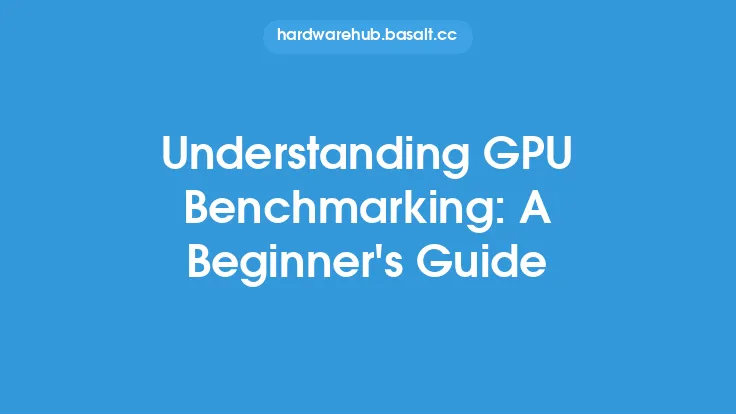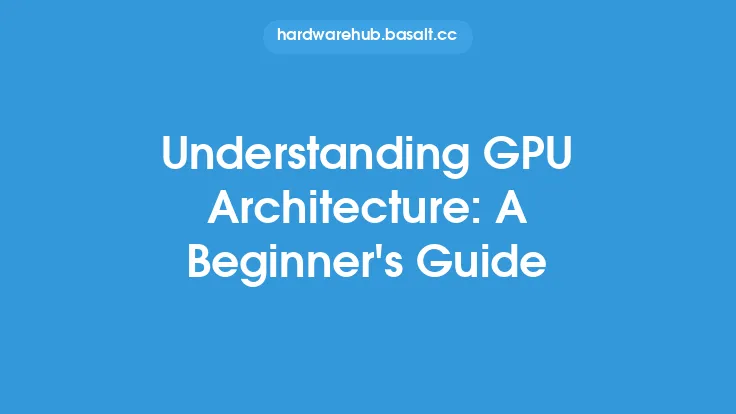When it comes to computer hardware, the Graphics Processing Unit (GPU) is one of the most critical components, responsible for rendering images on a computer screen. However, GPUs are also notorious for their high power consumption, which can lead to increased electricity bills, heat generation, and reduced system lifespan. Understanding GPU power consumption is essential for anyone looking to build or upgrade a computer, as it can help them make informed decisions about their hardware choices.
Introduction to GPU Power Consumption
GPU power consumption refers to the amount of electrical power required to operate a GPU. This power is typically measured in watts (W) and is dependent on various factors, including the GPU's architecture, clock speed, memory type, and usage patterns. Modern GPUs are designed to handle demanding tasks such as gaming, video editing, and 3D modeling, which require significant computational power and, consequently, high power consumption.
How GPUs Consume Power
GPUs consume power through a combination of voltage and current. The voltage supplied to the GPU is typically in the range of 0.8-1.2V, while the current can vary greatly depending on the GPU's workload. When a GPU is idle, it consumes relatively low power, often in the range of 10-20W. However, when it is under heavy load, power consumption can skyrocket to 200W or more. This significant increase in power consumption is due to the GPU's ability to dynamically adjust its clock speed, voltage, and power states to optimize performance.
GPU Power States
GPUs have multiple power states that allow them to adjust their power consumption based on the workload. These power states include:
- P0: The highest power state, where the GPU operates at its maximum clock speed and voltage.
- P1-P3: Intermediate power states, where the GPU reduces its clock speed and voltage to conserve power.
- P8: The lowest power state, where the GPU is in a low-power idle state.
The GPU can switch between these power states dynamically, allowing it to balance performance and power consumption.
GPU Architecture and Power Consumption
The GPU's architecture plays a significant role in determining its power consumption. Modern GPUs are designed with power efficiency in mind, using techniques such as:
- FinFET transistors: These transistors use a non-planar structure to reduce leakage current and increase switching speed.
- Dynamic voltage and frequency scaling (DVFS): This technique allows the GPU to adjust its voltage and clock speed based on the workload.
- Power gating: This technique allows the GPU to turn off unused components to reduce power consumption.
GPUs with newer architectures, such as NVIDIA's Ampere or AMD's RDNA 2, tend to have lower power consumption than older architectures.
Memory and Power Consumption
The type and amount of memory used by the GPU can also impact power consumption. GPUs with high-bandwidth memory (HBM) or graphics double data rate (GDDR) memory tend to consume more power than those with lower-bandwidth memory. Additionally, GPUs with larger memory capacities tend to consume more power due to the increased number of memory chips required.
Conclusion
In conclusion, understanding GPU power consumption is crucial for anyone looking to build or upgrade a computer. By knowing how GPUs consume power, their power states, and the factors that affect power consumption, users can make informed decisions about their hardware choices. Whether you're a gamer, content creator, or simply a computer enthusiast, understanding GPU power consumption can help you optimize your system's performance, reduce power consumption, and save on electricity bills. As technology continues to evolve, it's essential to stay informed about the latest developments in GPU power consumption and how they impact the computing industry.





